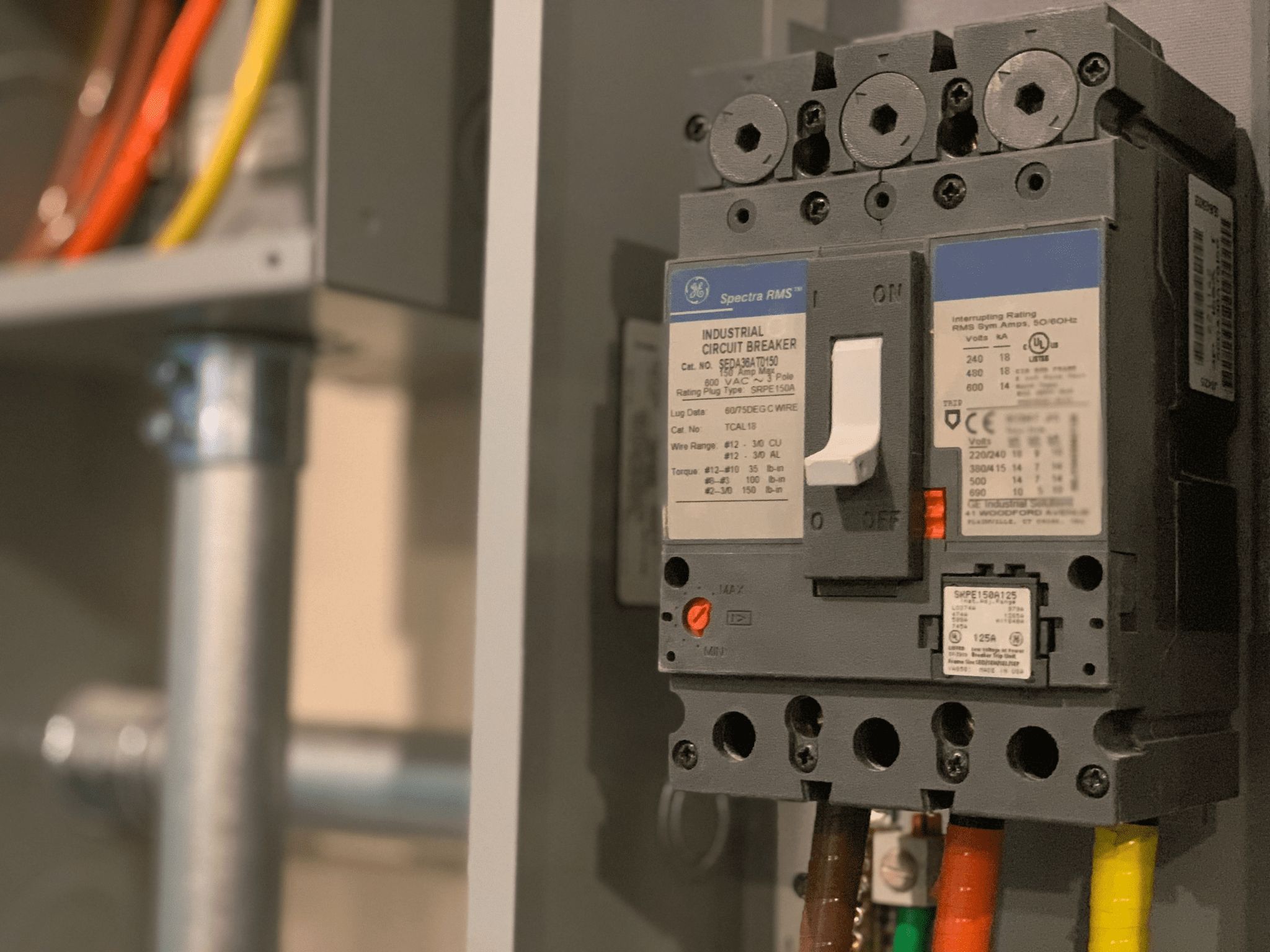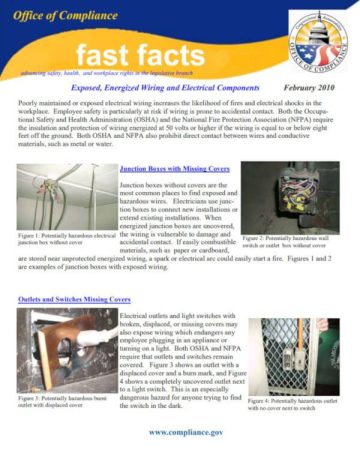Poorly maintained or exposed electrical wiring increases the likelihood of fires and electrical shocks in the workplace. Employee safety is particularly at risk if wiring is prone to accidental contact. Both the Occupational Safety and Health Administration (OSHA) and the National Fire Protection Association (NFPA) require the insulation and protection of wiring energized at 50 volts or higher if the wiring is equal to or below eight feet off the ground. Both OSHA and NFPA also prohibit direct contact between wires and conductive materials, such as metal or water.
Junction Boxes with Missing Covers
Junction boxes without covers are the most common places to find exposed and hazardous wires. Electricians use junction boxes to connect new installations or extend existing installations. When energized junction boxes are uncovered, the wiring is vulnerable to damage and accidental contact. If easily combustible materials, such as paper or cardboard, are stored near unprotected energized wiring, a spark or electrical arc could easily start a fire. Figures 1 and 2 are examples of junction boxes with exposed wiring.
Outlets and Switches Missing Covers
Electrical outlets and light switches with broken, displaced, or missing covers may also expose wiring which endangers any employee plugging in an appliance or turning on a light. Both OSHA and NFPA require that outlets and switches remain covered. Figure 3 shows an outlet with a displaced cover and a burn mark, and Figure 4 shows a completely uncovered outlet next to a light switch. This is an especially dangerous hazard for anyone trying to find the switch in the dark.
Light Fixtures: Missing Covers or Improperly Mounted
Electrical hazards may also be found in light fixtures. Uncovered fluorescent lights, incandescent light fixtures without bulbs, or light fixtures hanging by wiring are all dangerous. Fluorescent lights have energized wiring, starters, and ballasts under their protective covers. If the light’s cover is not properly replaced, these hazards are exposed. When an incandescent bulb is removed and not replaced, the open socket presents a hazard if it remains energized; and therefore, it is best to leave the burnt bulb in the socket to cover the electrical contact until the bulb is replaced. The fluorescent light fixture without a cover in Figure 5 shows exposed wiring. Figure 6 shows an improperly mounted light fixture with an open socket and exposed wiring.

